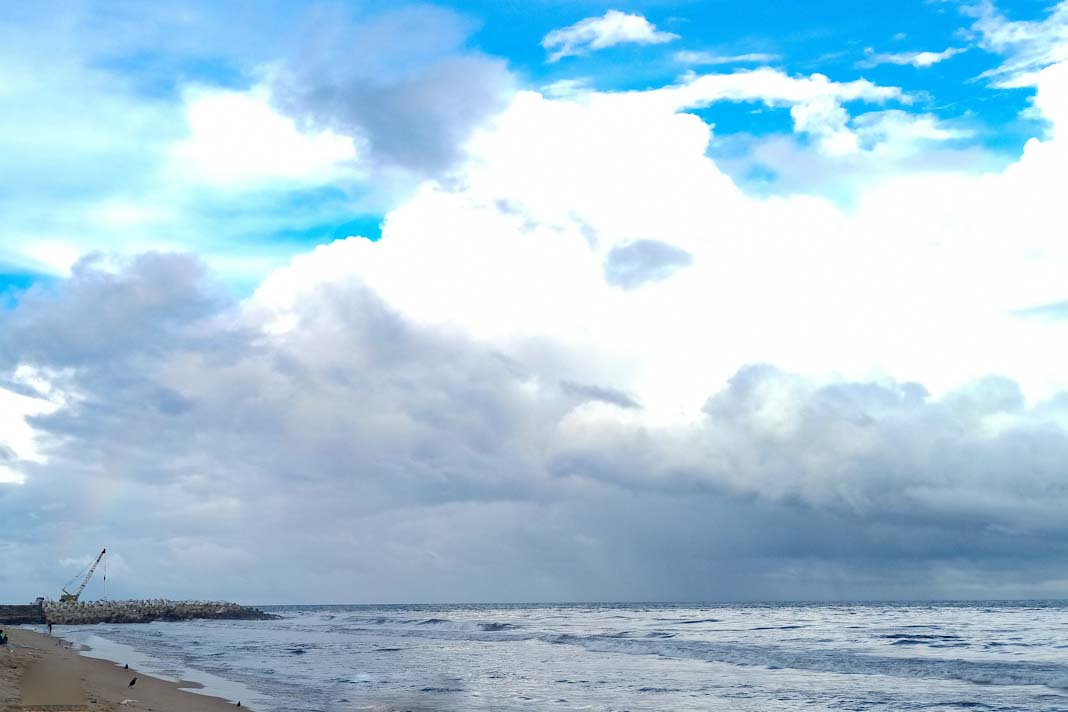In an increasingly interconnected world, the dynamics of global trade routes and economic power are in constant flux, with regions like the Far East and the Middle East playing pivotal roles in these shifts. This geopolitical analysis focused on understanding the evolving relationship between these two crucial regions by considering three key indicators: Liner Shipping Connectivity, Container Port Throughput, and GDP Growth. By constructing a compound indicator from these variables, we aimed to capture the underlying trends driving these regions’ economic and strategic importance on the global stage. The overall analysis revealed several noteworthy conclusions that shed light on the changing landscape of global trade and economic power, reports Container News.
Maritime connectivity and infrastructure development
The Middle East demonstrated a greater degree of stability in its maritime connectivity and infrastructure development compared to the Far East. Despite the substantial gap in overall development and connectivity between the two regions, the Middle East has shown a relatively smooth trajectory in its progress, marked by gradual and steady improvements. While the Far East, with its advanced and highly developed maritime infrastructure, exhibits a more dynamic and rapidly evolving pattern, the Middle East’s path reflects a more measured approach.
The analysis reveals a significant disruption in the Far East’s maritime trade dynamics during the 2019-2020 period, primarily attributed to the Covid-19 pandemic. This global crisis caused a sharp decline in trade flows, impacting the previously steady growth trajectory of the Far Eastern maritime system. In contrast, the Middle East experienced only a slight decline during the same period, reflecting its less advanced trade infrastructure and lower exposure to global supply chain disruptions.
A key finding from the analysis is the critical role of shipping connectivity in mitigating the effects of the crisis. For the Far East, the shipping connectivity feature emerged as a crucial factor in the region’s recovery. The Far East’s advanced connectivity, bolstered by significant investments in port infrastructure and logistics, enabled a quicker rebound as trade flows began to normalize post-pandemic. This adaptability highlights the importance of robust maritime connectivity as a buffer against global disruptions and a catalyst for recovery.
For the Far East, its well-developed maritime infrastructure and strategic investments in connectivity played a pivotal role in facilitating a swift return to growth after the initial pandemic-induced decline. While the Middle East experienced a less severe impact, the pandemic demonstrated the strategic importance of robust maritime infrastructure in managing and recovering from global trade disruptions.
The analysis of the trends in maritime connectivity and infrastructure development for the Far East and the Middle East reveals a notable similarity between the two regions’ growth trajectories. This relative similarity suggests an interconnection between their maritime development paths, indicating that both regions are likely to see increased investments in maritime infrastructure shortly. However, the data also highlights that the Middle East still requires substantial investments to match the advanced level of maritime infrastructure found in the Far East.
The ongoing trend of increased maritime investments suggests that the Middle East is poised to emerge as a prominent maritime hub shortly. However, it is essential to address the challenges related to maritime safety and regional stability, especially in the Middle East region, which has faced issues such as political instability and security concerns that can impact maritime operations.
Shipping connectivity has emerged as a pivotal finding in our analysis, serving not only as a critical economic factor but also as a crucial element for navigating major crises. The capability for movement and interconnectivity between regions proves to be a powerful tool for resilience, particularly evident during global disruptions such as pandemics or geopolitical conflicts. The analysis highlights that while the Middle East requires substantial investments to enhance its maritime dynamics, the Far East has demonstrated remarkable resilience by recovering to pre-crisis levels of connectivity and trade volume.
Did you subscribe to our daily Newsletter?
It’s Free! Click here to Subscribe
Source: Container News
























